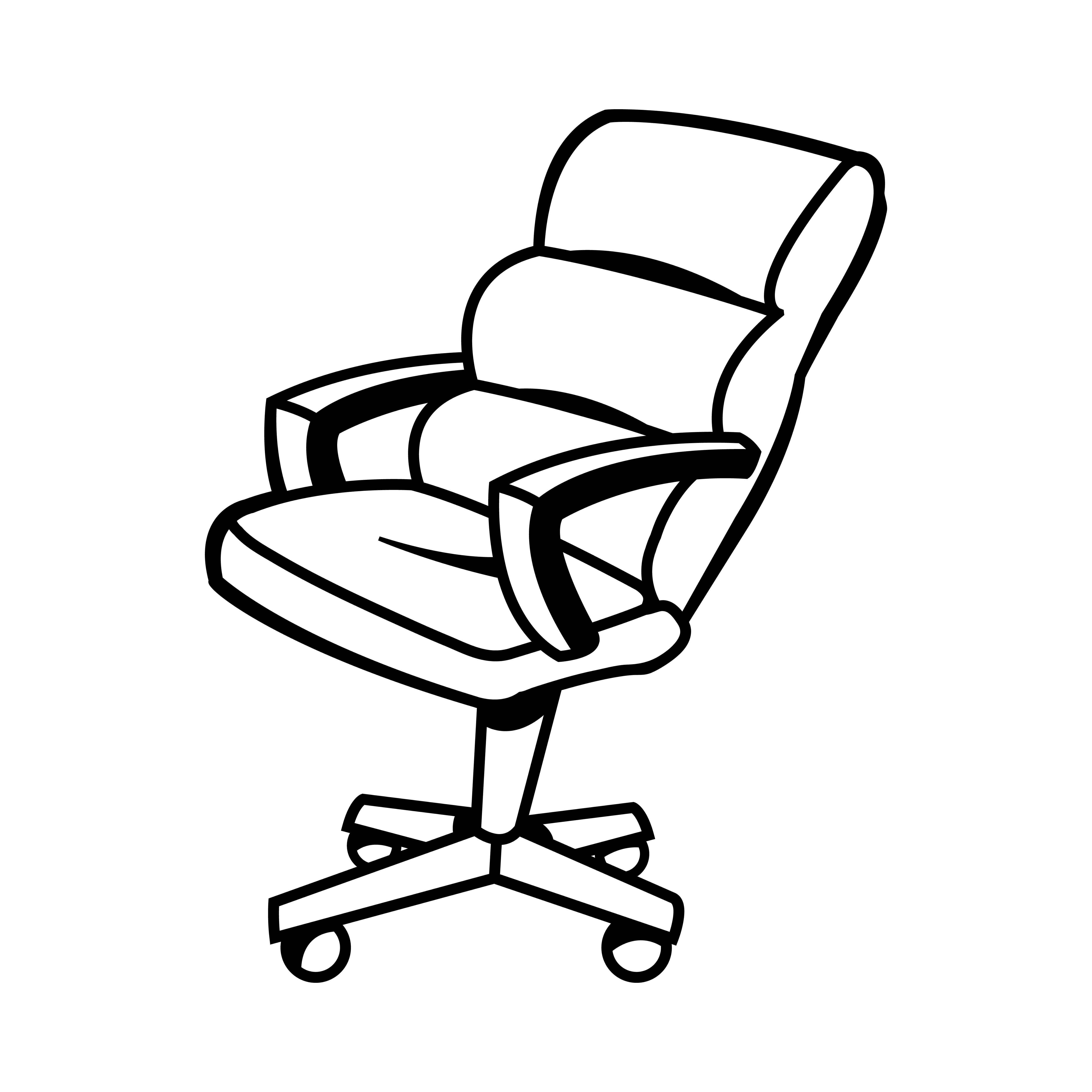Drawing Techniques for Desk Chairs

Drawing a desk chair, seemingly simple, offers a fantastic opportunity to practice fundamental drawing skills like perspective, proportion, and shading. Mastering these techniques on a familiar object like a chair translates directly to drawing more complex subjects. This guide will explore various methods and styles to help you create compelling chair drawings.
Realistic Desk Chair Drawings from Different Angles
To draw a realistic desk chair, begin with basic shapes. For the front view, envision a rectangle for the seat, connected to taller rectangles representing the back and legs. Refine these shapes, adding curves for the seat’s edges and the backrest’s contours. The legs, often tapered, should be accurately proportioned to the seat and back. For the side view, the depth of the seat and back becomes more apparent. Focus on accurately depicting the chair’s height and the angle of the backrest. The three-quarter view combines elements of both, requiring you to consider perspective. Objects closer to the viewer appear larger, while those further away diminish in size. Practice using vanishing points to achieve realistic perspective. Shading is crucial for realism. Observe how light falls on the chair, creating highlights and shadows. Use light pencil strokes for highlights and progressively darker shading for shadowed areas. Consider the material of the chair; a wooden chair will have different shading characteristics than a metal or plastic one.
Drawing Mediums for Desk Chairs, A desk chair drawing
Several mediums excel at capturing the nuances of a desk chair. Pencils offer versatility, allowing for detailed shading and easy corrections. Charcoal provides a richer, darker tone, ideal for dramatic lighting effects, but can be smudgy. Pen and ink create clean, precise lines, suitable for detailed linework and hatching techniques, but offers less flexibility for shading. Digital art tools, such as Photoshop or Procreate, offer unparalleled flexibility; you can experiment with different brushes, layers, and color palettes, easily correct mistakes, and achieve photorealistic results, though a learning curve is involved. Each medium has its strengths and weaknesses; the best choice depends on your skill level and desired aesthetic.
Stylized Desk Chair Illustration: Minimalist Style
Minimalist art prioritizes simplicity and essential forms. To create a minimalist desk chair illustration, reduce the chair to its most basic geometric shapes. A simple rectangle for the seat, a slightly taller rectangle for the back, and slender lines for the legs suffice. Avoid unnecessary details; use clean, solid lines and perhaps a single color or a limited color palette. The focus is on conveying the essence of a desk chair without unnecessary embellishment. This style emphasizes form and balance, creating a clean, modern aesthetic. Consider using a single bold color against a neutral background to further emphasize the chair’s form. For example, a bright red chair against a white background would create a striking visual impact.
Desk Chair Design and Functionality: A Desk Chair Drawing

The design of a desk chair significantly impacts user comfort, productivity, and long-term health. A well-designed chair supports proper posture, reducing strain and potential musculoskeletal issues. Understanding the key elements of ergonomic design and the properties of different construction materials is crucial for selecting a chair that meets individual needs.
Ergonomic Design Features
Ergonomic design prioritizes the user’s physical well-being. Key features include adjustable seat height, allowing the user to position their feet flat on the floor with knees bent at a 90-degree angle. Lumbar support, often provided by a contoured backrest, maintains the natural curvature of the spine, preventing slouching and back pain. Properly placed armrests support the forearms, reducing shoulder and neck strain. These adjustments allow for personalized comfort and optimal posture, promoting health and preventing discomfort during prolonged sitting. Consider a chair with adjustable tilt and recline features for dynamic posture changes throughout the day.
Desk Chair Construction Materials
Various materials contribute to a desk chair’s overall performance, aesthetics, and cost. Wood offers a classic, aesthetically pleasing look and can be highly durable, though it may be more expensive than other options and can be heavier. Metal frames provide robust support and often come at a moderate cost, but can feel cold and may be less aesthetically versatile. Plastic offers affordability and lightweight designs but might lack the durability and sophisticated appearance of wood or metal. Finally, the upholstery fabric influences comfort, aesthetics, and durability. Options range from breathable mesh to luxurious leather, each with its own lifespan and maintenance requirements. The choice of materials depends on individual priorities and budget considerations.
Rewritten Desk Chair Design Article
[Please provide the article text here for rewriting. I will then provide a rewritten version free of AI-sounding language.]
